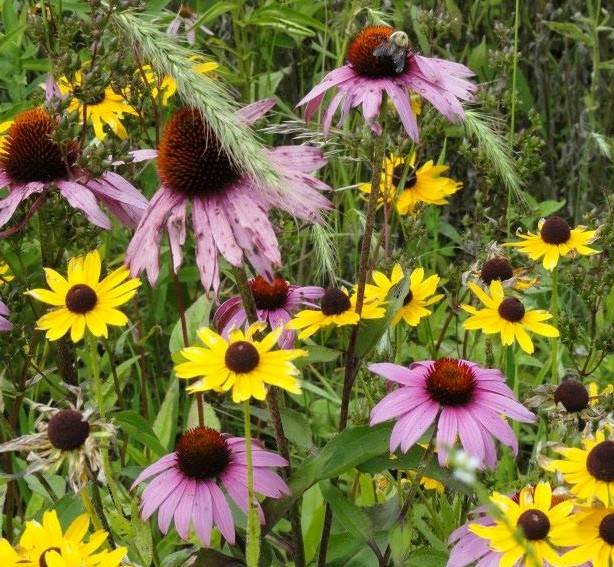
Native plants occur naturally in a particular region and have adapted to the climates and soil from these local habitats. By nature, these plants are accustomed to growing in even the most difficult circumstances and can take the nutrients they need directly from the soil.
Their robust nature means native crops often do not have need for heavy chemical fertilizers. In fact, the harsh nature of fertilizers can cause more harm than good-causing chemical burns or weaken plants. But by taking a little extra preparation you can ensure the best crop outcome.
Follow these simple steps to make your native plants grow with minima to no fertilizers.
Choose the right seed
Native plants save you from harmful pesticides, help save water, reduce carbon emissions and provide a natural habitat for surrounding wildlife. To select the best native seed, start your plan by choosing native seeds that naturally occur in your region. While there are many varieties of native plants, finding those nearest to your ecological area provide the most benefits and also grow the best in your climate and conditions.
Prepare your site
Clear weeds, grasses, and other plants. Thoroughly preparing your area by removing existing vegetation following a professionally designed herbicide plan gives your native seeds the best opportunity to thrive. While native grasses can be established without the use of herbicides, it is more costly, time consuming and typically requires more disturbance and fuel expenses to do so.
Give your planting time to establish
Your plants were chosen specifically so they could adapt to the conditions of your field. There are exceptions, like if your planting area has suffered a chemical spill or if the soil is heavily compacted due to drought, heavy traffic or overuse. However, unless your soil has heavy chemical carryover or has drainage issues, you might not have to do much to encourage growth with your native seeds beyond establishment mowing which we will cover in our next blog.
With native crops, less is often more. Focus on sourcing healthy, local seeds and pay attention to your soil and you can achieve a successful planting season.
